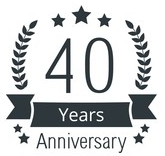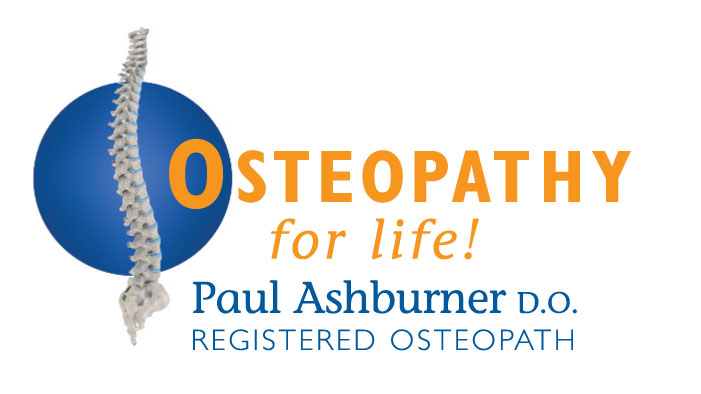
Osteopathic Treatment of Pelvic, Hip, and Leg Conditions
The pelvis, hip, and legs form a crucial component of the human musculoskeletal system, responsible for supporting the body’s weight, enabling locomotion, and maintaining balance. Osteopathic treatment for conditions affecting these areas is holistic, focusing on restoring structural balance, improving function, and alleviating pain through manual therapy techniques. Here, we will explore the principles and methods osteopaths use to treat common conditions involving the pelvis, hip, and legs.
Understanding Pelvic, Hip, and Leg Anatomy
The pelvis is a bony structure comprised of the ilium, ischium, and pubis, which connect to the sacrum at the base of the spine. The hip joint, a ball-and-socket joint, links the pelvis to the femur, the longest bone in the body. The legs, extending from the hips to the feet, consist of the femur, tibia, fibula, and associated muscles, tendons, and ligaments. This complex system provides mobility and stability but is susceptible to various disorders and injuries.
Common Conditions and Symptoms
Conditions affecting the pelvis, hip, and legs can range from acute injuries to chronic degenerative diseases. Some common issues include:
Hip Osteoarthritis: Degenerative joint disease causing pain, stiffness, and reduced range of motion.
Pelvic Misalignment: Often due to muscular imbalances or trauma, leading to lower back pain, sciatica, and gait abnormalities.
Sciatica: Compression or irritation of the sciatic nerve causing radiating pain from the lower back through the buttocks and down the leg.
Iliotibial Band Syndrome: Overuse injury common in runners, causing lateral knee pain.
Leg Length Discrepancy: Anatomical or functional differences in leg length, contributing to pelvic tilt and back pain.
Osteopathic Diagnostic Approach
Osteopaths employ a comprehensive diagnostic approach to identify the root cause of pelvic, hip, and leg conditions. This includes:
Medical History: Detailed patient history to understand the onset, nature, and progression of symptoms.
Physical Examination: Assessment of posture, gait, range of motion, and palpation to identify areas of tenderness, muscle tension, and joint dysfunction.
Special Tests: Orthopedic and neurological tests to evaluate the integrity of joints, muscles, and nerves.
Osteopathic Treatment Techniques
Treatment is tailored to the individual’s condition and may include a combination of the following osteopathic techniques:
Soft Tissue Manipulation: Techniques such as massage and stretching to relax tight muscles, improve blood flow, and reduce inflammation.
Articulation: Gentle movement of joints through their range of motion to enhance mobility and reduce stiffness.
Muscle Energy Techniques: Active patient involvement in muscle contractions against a controlled resistance provided by the osteopath, aimed at improving joint function and muscular strength.
High-Velocity Low-Amplitude (HVLA) Thrusts: Quick, controlled movements to correct joint misalignments, often producing a “clicking” sound.
Functional Techniques: Subtle movements tailored to the body’s natural rhythm, aimed at releasing restrictions and improving overall function.
Rehabilitation and Preventive Strategies
Post-treatment, osteopaths often recommend specific exercises to strengthen muscles, enhance flexibility, and promote balance. Education on proper posture, ergonomics, and lifestyle modifications also plays a critical role in preventing recurrence and promoting long-term health.
Conclusion
Osteopathic treatment for pelvic, hip, and leg conditions is a holistic approach that addresses the body’s interconnected systems. By restoring structural balance, enhancing mobility, and alleviating pain, osteopaths help patients achieve optimal function and improved quality of life. Whether dealing with chronic pain, acute injuries, or biomechanical issues, osteopathy offers a comprehensive and individualised path to recovery.
New to the Practice?
To book an Initial Consultation you should call on 01773 843 033 during office hours. Our friendly reception staff will be pleased to find a convenient appointment for you.
Existing Patients:
Book your next appointment online by clicking the button below:
Book your Appointment
Conditions patients often seek our help for:
Latest News
Latest Articles
Payment Methods
We accept payments by cash, bank transfer and credit/debit cards.


